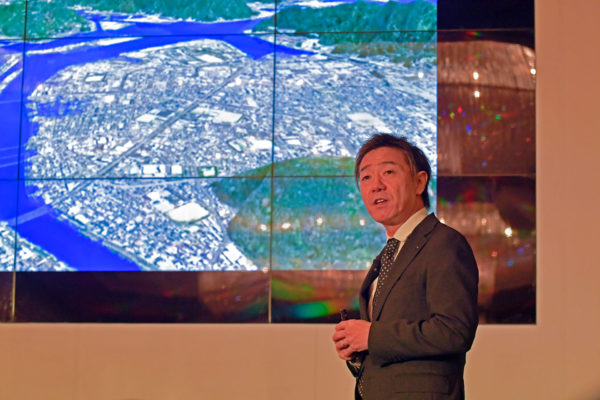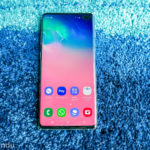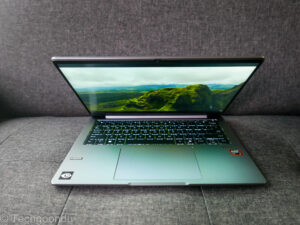
Brought to you by the Government of Japan
A new type of portable satellite transceiver may one day save the lives of people who are stranded during a natural disaster, like the massive earthquake and tsunami that hit Japan in 2011.
By shrinking such a device to be small enough to fit into a regular smartphone, the technology can help rescuers pinpoint where to find survivors, said Professor Shunichi Koshimura, from Tohoku University’s International Institute for Disaster Science.
With it, the survivors can individually transmit their coordinates to a satellite even when regular cellphone networks are damaged during a crisis, he said at a recent panel discussion in Singapore.
Research into this area is one of several that the Japanese are striving on. Technology is key to helping those affected, especially in a country that has faced numerous earthquakes and tsunamis throughout history.
With more powerful computers, Professor Koshimura’s team has now managed to create a simulation of how far inland a tsunami can penetrate a coastal area.
This prediction model, part of Japan’s National Disaster Response System, provides a real-time “damage estimation” to the prime minister’s office in the crucial minutes after the alarm is raised.
Within 30 minutes of a possible incident, the government would get an idea of how seriously the disaster could hit and advise citizens where to find shelter.
Being better prepared means saving lives, stressed Prof Koshimura, who argued that citizens should be given a choice to broadcast their location when disaster hits.
In future, they should be able to give consent to the government to locate their position using a satellite link on a smartphone, he said.
“We want to start this kind of service – a person-finding service or victim finder,” he added. “To make that happen, we need the agreement from citizens to use the positioning data needed for the service.”
Japanese citizens understand the importance of such data, so they are generally positive about sharing it with the authorities, he noted.
Most important is ensuring that they know what the data is used for at all times, he explained.
Plus, of course, there’s the small task of shrinking a large satellite transceiver into a chip that can be added easily to smartphones in future.
“Right now, the receiver is big but we are testing new receivers,” said Prof Koshimura. “Eventually, they will be smaller and smaller to put into a cellphone.”





